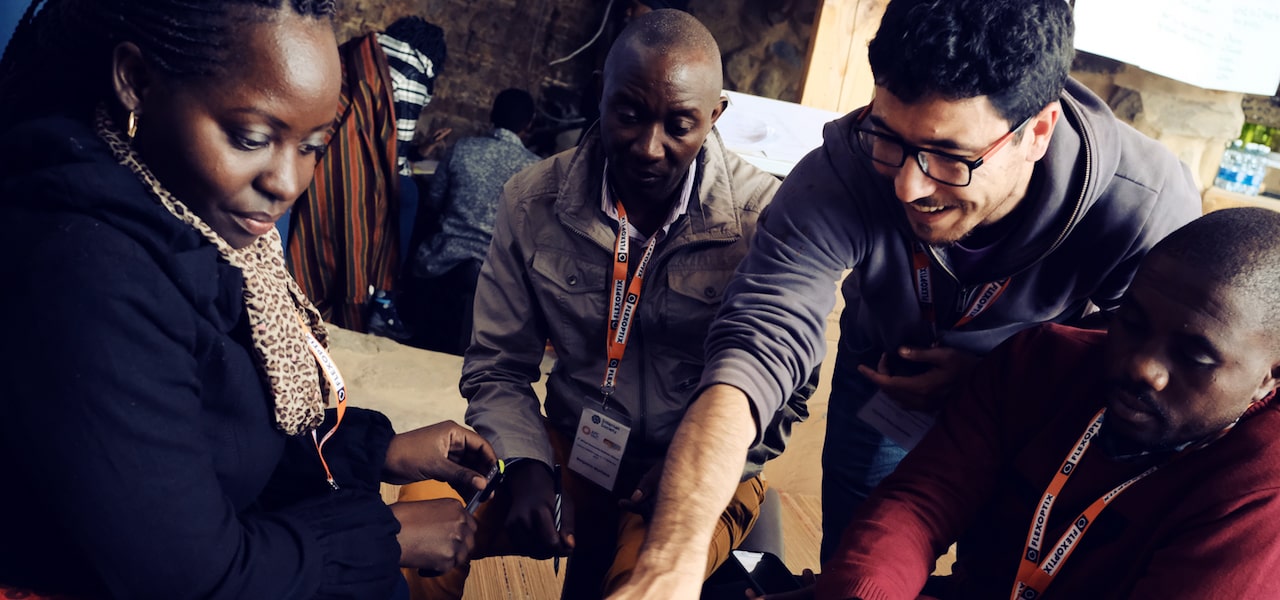Two weeks ago, the Editorial Board of the New York Times published a piece predicting that the Internet is heading for a breakup.
Based on the comments made by Alphabet Chairman Eric Schmidt during a private event the Times set out to paint a picture of a world with three Internets.
The timing is understandable. We’re in a world where things like the European Union’s General Data Protection Regulation is met with an equal measure of acceptance, annoyance, and confusion around the world.
And, just last week, my colleague Konstantinos Komaitis warned about what could happen as decision-makers are imposing rules that spill over onto the Internet, hamper innovation, deter investment in their own countries, and risk creating new digital divides.
These events set the stage for the Plenipotentiary meeting of the International Telecommunications Union (ITU).
And, in today’s climate, there are many who believe the Internet could be failing us.
So, we need to speak loudly about the fact that the Internet is not failing.
So far, I think the Internet has been a force for good.
The Internet allows us to do things like expand our access to education, build businesses, and grow our economy.
The Internet connects people because of its open, distributed, and interoperable design. Each network that joins the Internet becomes part of the Internet. A network of networks cannot be centrally controlled because it has no center. This is not some accidental design choice we can alter. It is an essential feature. A feature that has allowed for permissionless innovation and for technological scale beyond the dreams of its early creators.
The Internet was not designed to recognize national boundaries. It just wasn’t relevant to the technical design. Resiliency is achieved through diversity of infrastructure. Having multiple connections and different routes between key points ensures that traffic can “route around” network problems.
It is this design that makes it an Internet for everyone, and this is what makes it such a powerful tool for our global economy. The very nature of its design also has driven global technical collaboration between and among experts and stakeholders.
The Internet works through collaboration; singular control weakens it at every step.
For the new challenges of the twenty-first century, we need new models of collaboration. The way the Internet infrastructure was operated and managed by the community over the last 25 years is a novel model of successful global self-regulated collaboration. And, the truth is that nobody has a magical cure for global challenges. The world is still struggling to apply the old national and international governance models to solve today’s global challenges such as climate change, human migration, wars, and occupations. Perhaps the story of the Internet will inspire us to work together even more.
So over these next three weeks, let’s be loud and tell our story – a story of collaboration. If you are part of the community who are creating the Internet of tomorrow tell the world about it by using the hashtags #Plenipot18 and #DontBreakTheInternet.
By sharing our stories, we also can inspire others to join us in our cause and remind the world that the Internet is for everyone because only everyone can make a better tomorrow.
Image ©Internet Society/Nyani Quarmyne/Panos Pictures
